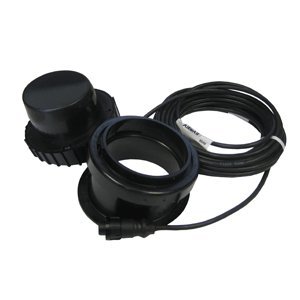jwnall
Moderator Emeritus
Since I have a nice Garmin bottom machine (actually it is a GPS, but I have a bottom machine accessory that goes with it) which is sitting in my shed unused, I want to use it in the Gulfstar 36 that I just bought. The boat already has a working depth indicator onboard, and so I do not want to mount the second transducer by drilling a hole in the hull at this time. I could mount it on the transom of course, but don't really like that idea either. So was thinking of just making a box and putting the transducer in the bilge immersed in liquid until I have my next bottom job. Anyone have any experience with doing such a thing? If so, would appreciate comments.



